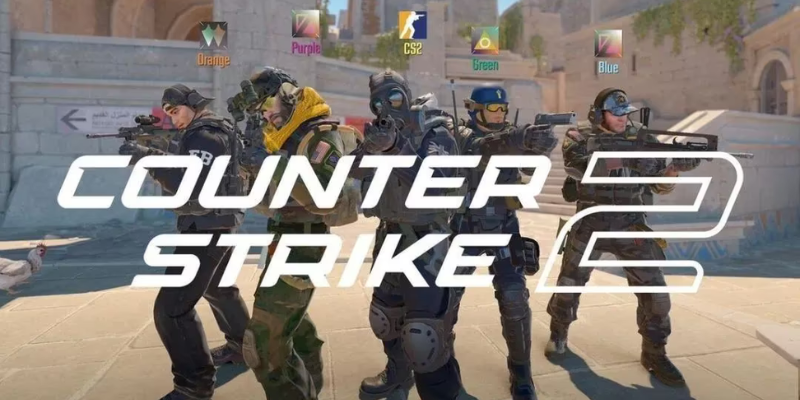Riot Unveils Major Changes to the LoL ERL Ecosystem for 2025
With the goal of improving sustainability and strengthening the League of Legends competitive ecosystem, Riot Games has announced a series of transformative updates to the EMEA Regional Leagues (ERL) for 2025. Our experts have explored this further below.
A New Chapter for Tier-Two Esports in EMEA
The year 2025 brings sweeping changes to League of Legends esports, with innovations like the merger of the Americas and the introduction of the LCP. The EMEA Regional system is also undergoing significant adjustments, marking a pivotal moment for tier-two competition.
Heading into the upcoming season, Riot is introducing updates to the ERL’s competitive format, designed to provide tournament organizers (TOs) with more flexibility. These changes aim to ensure formats better cater to the unique needs of regional audiences while also promoting growth within the ecosystem.
Flexible Formats and Enhanced Viewing Experiences
Under the new system, TOs will have greater autonomy in designing tournament formats tailored to their specific communities. They can now choose between hosting matches in studio settings or opting for remote setups, depending on what best suits their resources and audience.
Additionally, teams will be allowed to co-stream ERL matches at the discretion of the TOs. This includes first-person perspectives, creating a more engaging viewing experience for fans, and opening up new opportunities for content creators to interact with the competitive scene.
Changes to LTRs and Substitute Rules
To further support local talent development, Riot is increasing the number of Locally Trained Representatives (LTRs) that TOs can include in their respective ERLs. This adjustment aims to promote homegrown players and nurture the growth of regional talent pools.
Conversely, substitute requirements will be removed entirely. While emergency substitutions will still be permitted during active competitions, they must adhere to rules outlined in the updated ERL rulebook and receive approval from the relevant TO.
Streamlined Events and Expanded Opportunities
To enhance financial sustainability, TOs will no longer be required to host mandatory in-person events. Instead, teams will have the chance to participate in third-party competitions, providing players with additional opportunities to showcase their skills and gain exposure.
Furthermore, ERLs will no longer be obligated to maintain a second division. While there will still be at least one promotion-relegation tournament per season, this change reduces pressure on TOs and creates more opportunities for teams and players to develop within the competitive structure.
Looking Ahead to 2025
Riot plans to release more details on these changes in the coming weeks, but the initial announcement suggests a significant shift aimed at addressing long-standing concerns about sustainability in the ERL ecosystem. These updates prioritize growth, flexibility, and financial stability, setting the stage for a more dynamic and sustainable tier-two competitive scene.
Thoughts on the Updates
These changes were long overdue. The ERL system has faced criticism for its lack of economic and competitive sustainability, so providing TOs with more control and flexibility is a step in the right direction. By tailoring formats, fostering local talent, and reducing operational pressures, these updates aim to elevate the leagues and improve their viability.
While these changes may not solve every issue, they represent a promising direction for the future. With continued iteration and feedback, Riot’s efforts could lead to a thriving competitive scene in 2025 and beyond. It’s an exciting time for League of Legends esports, and these updates could be the foundation for a more robust and inclusive ecosystem.

































